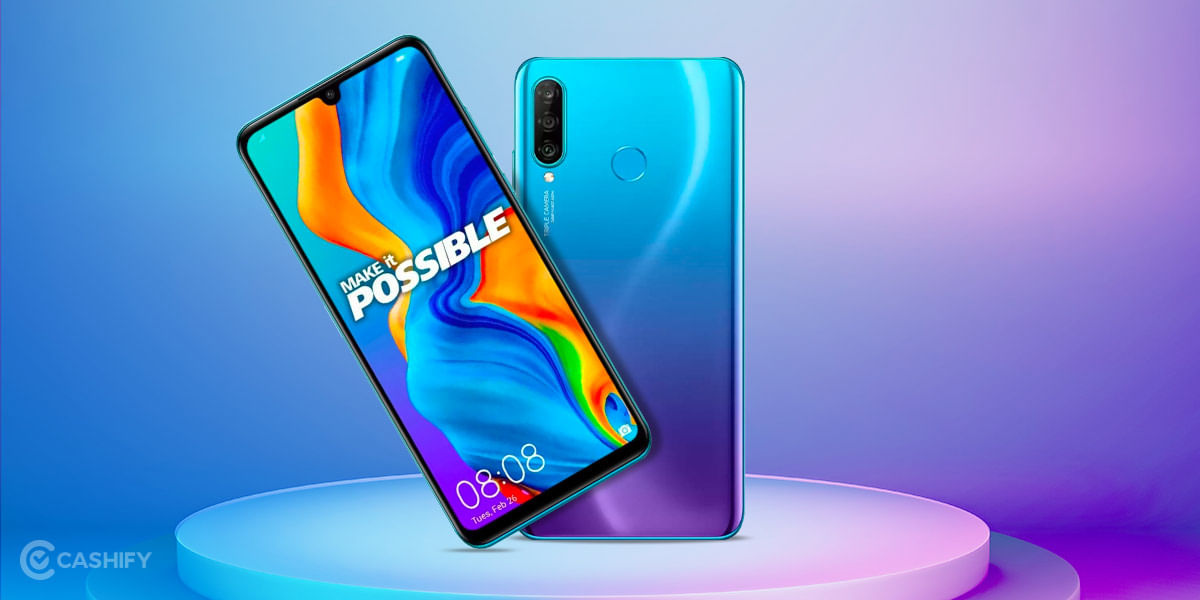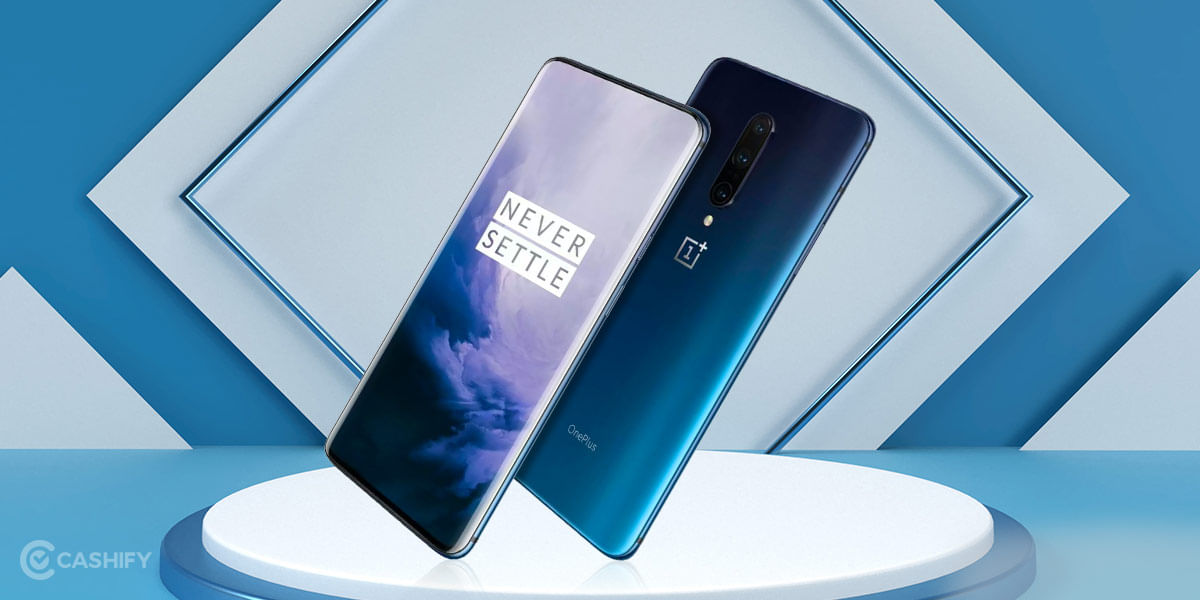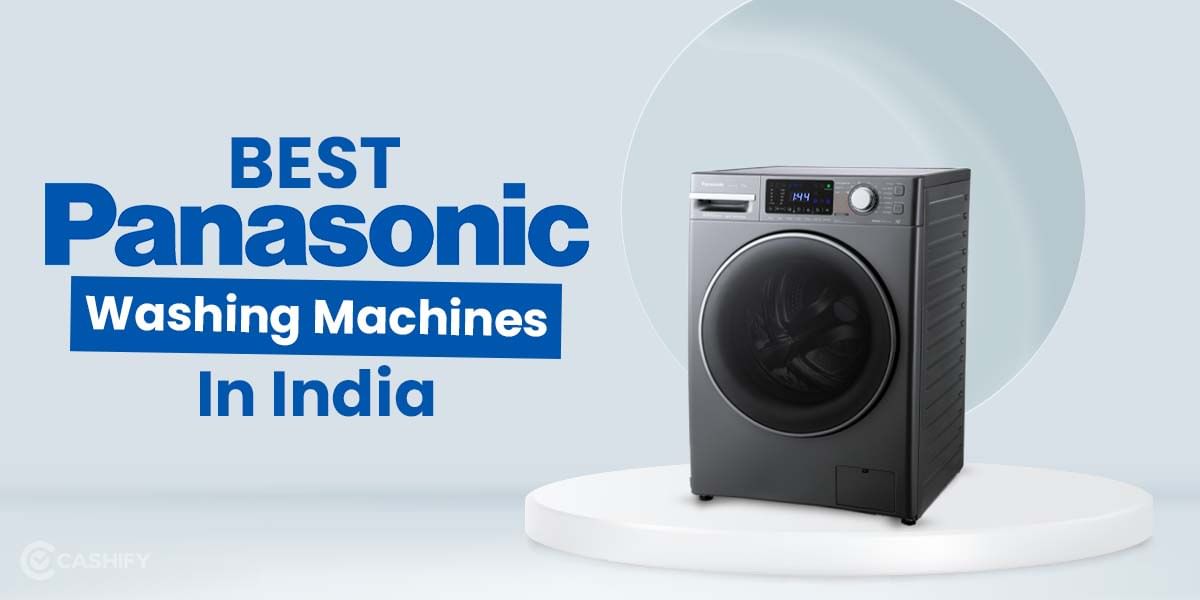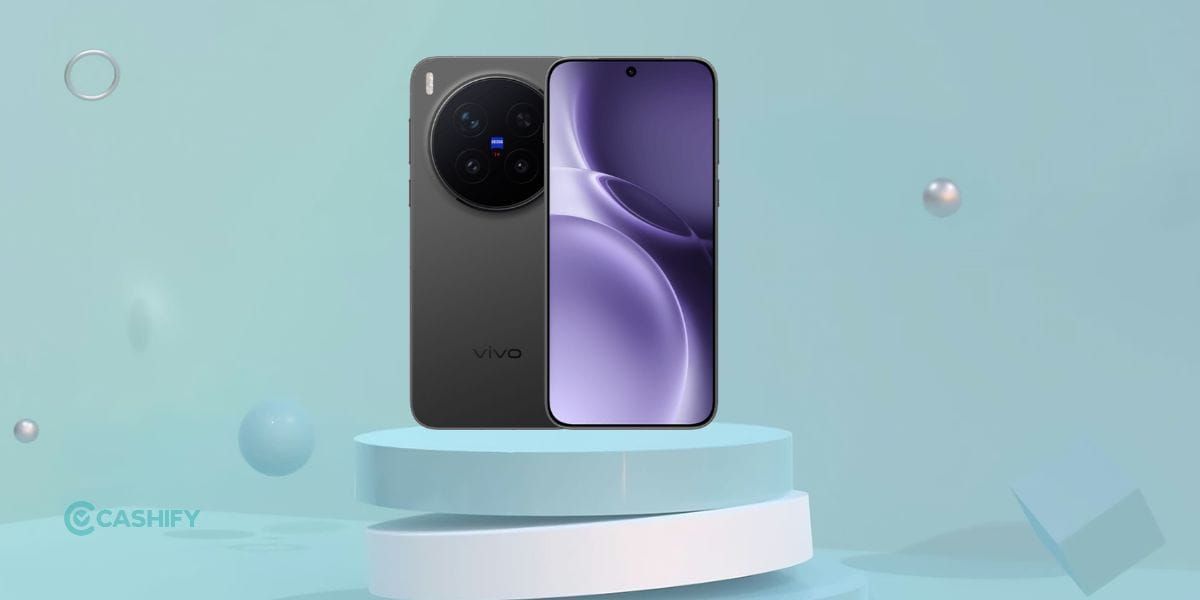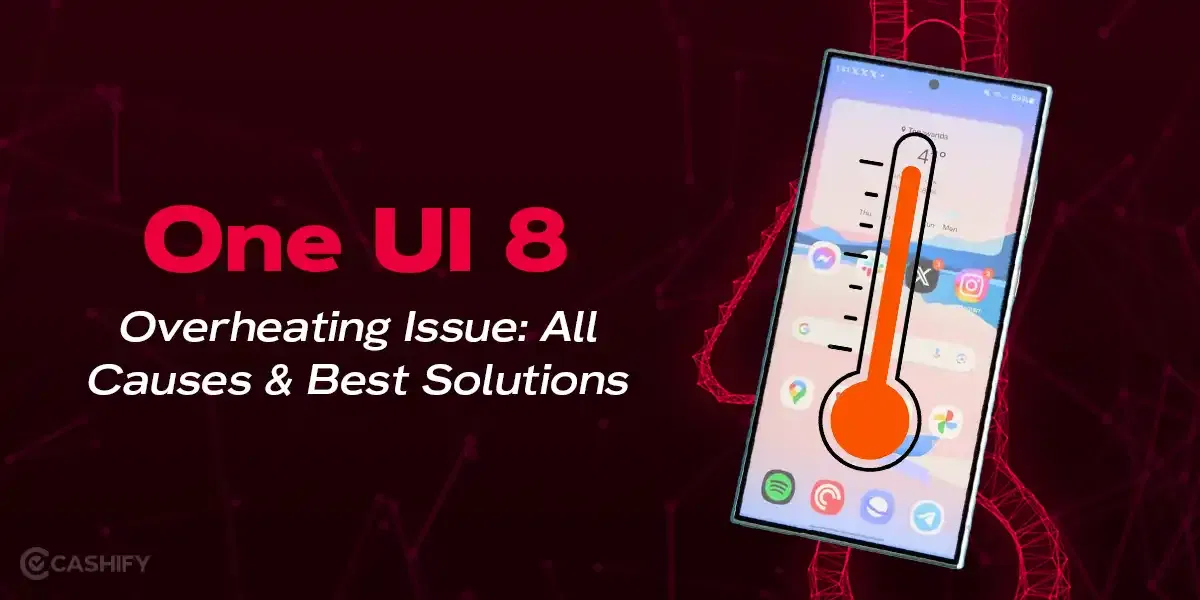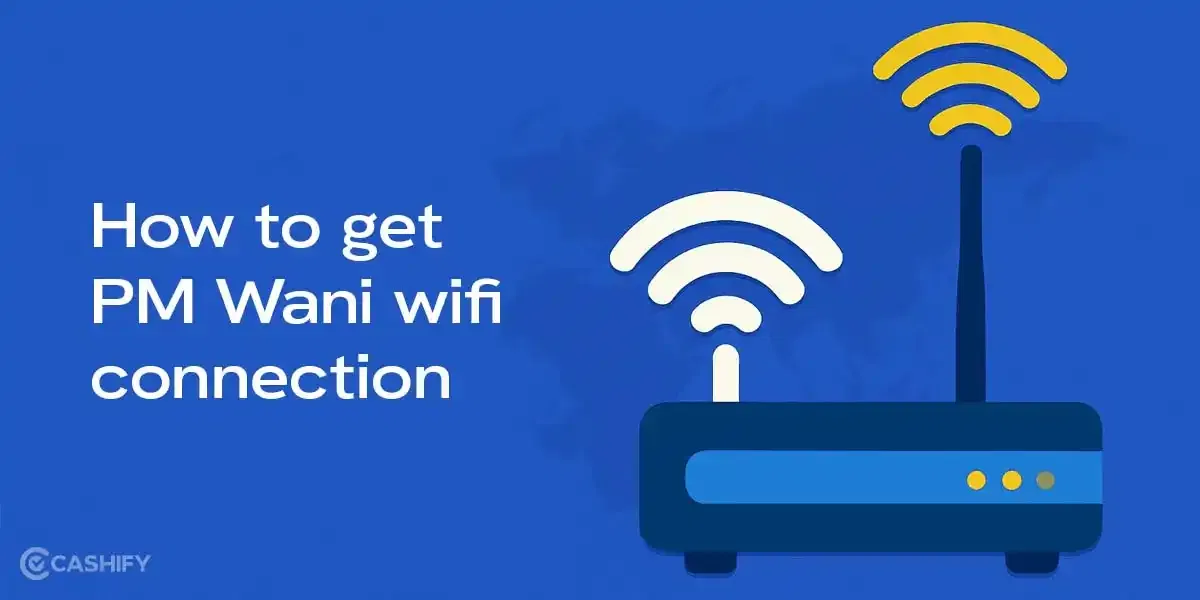Introduction
Xiaomi’s is already sharing a huge chunk of the market in the budget space as well as the mid-range smartphone segment. With the addition of the latest Redmi Note 7 series, it seems like Xiaomi is not planning to look back anytime soon.
With the growing demand for smartphones in the Indian market, the Chinese smartphone maker is now targeting the entry-level space by announcing its most-affordable device called Redmi Go. Xiaomi Redmi Go is a smartphone that is designed for those who’re looking to switch from feature phones (or dumbphone) to the experience of a smartphone.
I have been using the Redmi Go smartphone as my daily driver for about a week now. Keeping my expectations low seeing the price range, let’s find out how well the entry-level Redmi Go performs.
Price in India, Variant, Availability
Xiaomi Redmi Go comes in two different storage variant – 1GB+8GB and 1GB+16GB memory options. The smartphone is available in two color choices namely Black and Blue. The base variant of the phone is priced at INR 4,499 while the top-end one is available for INR 4,799.
Xiaomi Redmi Go is available for purchase exclusively via Flipkart and Mi India website. Although it is not fair to expect any kind of deal on this device, buyers can still enjoy the No Cost EMI option starting from INR 800 per month.
Box Contents
Xiaomi Redmi Go comes in a small white box with the ‘Redmi Go’ written at the bottom and the Mi Logo at the top right corner. Even though the device is cheap, the packaging is pretty nice which was quite unexpected. The first thing which you’ll see when you open the box is the Redmi Go device itself sitting their nicely.
Underneath the device, there is a rectangular section which houses the manuals, warranty information, and the SIM ejector tool. There’s no case pre-included with this device which is totally understandable considering the asking price. Coming to other things, there is a 10W USB charger and a regular USB cable.
Here is a quick overview of what you’ll be getting inside the box:
– Xiaomi Redmi Go Handset
– 10W USB charger adapter
– Micro USB cable
– Sim ejector tool
– Reading manuals and other useless things
Specs at a Glance
Before we jump right into our detailed review, let’s have a look at the specifications of Xiaomi Redmi Go.
– Display: 5-inch screen, 720×1280 pixels, 296 ppi
– Processor & GPU: Snapdragon 425, Adreno 308
– RAM & ROM: 1GB, 8/16GB storage
– Rear Camera: 8MP sensor, Scene recognition
– Selfie Camera: 5MP sensor, Auto HDR
– Battery: 3000mAh
– Software: Android Oreo (Go Edition)
– Price: starting from INR 4,499
Design and Build Quality
In the very first appearance, the Redmi Go doesn’t seem that bad. In fact, I like the minimalistic approach which the company decided to root for. The overall design ideology reminds me of the very first Redmi smartphone which was launched in the country. The smartphone makes use of a polycarbonate material on the back with a metallic finish.
Even though the device is priced cheaper, the brand surely hasn’t compromised in terms of build quality. The smartphone is very compact and fits well in your hand. You can use it for long hours without getting any discomfort.
For this price, it would be unfair to ask for trending design having a notch, fingerprint sensor, and tiny bezels. The back of the device curves toward the edges adding somewhat premiumness in the device. At the back, there is a single camera sensor accompanied by an LED flash.
I like the fact that there is no protrusion of any kind on the back. It is worth noting that the higher placement of the camera sensor might bug you.
At the front, there is a tiny 5-inch HD display having huge bezels on both the top and the bottom. In fact, the device also features capacitive keys at the bottom which, of course, don’t have any backlit feature. At the top, there is a 3.5-mm headphone jack and a USB port for charging on the bottom. Even the power and volume buttons are made up of plastic and sit on the right side as usual.
With Redmi Go, Xiaomi showed that even at this price, you can make a device with the sturdy build quality and somewhat premiumness.
Display
To keep things cheaper, Xiaomi decided to go with the traditional 16:9 display on the front of the device. Redmi Go features a tiny 5-inch IPS LCD display having a resolution of 720 x 1280 pixels, an aspect ratio of 16:9 and a pixel density of 296 ppi.
The display, surely, is not the best one out there. Even though the screen is sharp, the colors look washed out. The screen doesn’t produce proper black colors instead we noticed dark grey meaning the contrast is not that impressive. Even the viewing angles suck big time on this device.
The device will work decently indoors but the same can not be said for the outdoors since the sunlight legibility is very poor. The only thing which I like about the display is the small screen size which is something I haven’t seen for a long time.
Performance
Xiaomi Redmi Go is powered by a Qualcomm Snapdragon 425 chipset coupled with 1GB RAM, up to 16GB storage and Adreno 308. Sadly, there is no variant with 2GB of RAM. An option with 2GB of RAM would surely be welcomed by the consumers. Both the storage as well as RAM is fairly low in terms of the standards.
Thanks to 1GB RAM, the device lags or stutters even in daily usage as expected. Even while browsing online content, the device tends to lag a lot. Even if you’re a moderate user who likes to surf the web occasionally or explore Instagram feed every now and then, the device is going to disappoint you a lot.
Since most of the popular apps are also available in the lite version, you can use those lite versions to enhance your overall user experience. Surprisingly, multi-tasking isn’t that bad and the apps remain in memory for a longer time.
Even the storage is not up to the current standard, the 8GB of ROM would surely be way too low considering the fact that you will run text messaging apps like WhatsApp which occupies a large amount of storage. Although you do get a dedicated micro sd slot which is very thoughtful of the brand.
For a person who has little or no patience, Redmi Go would not be a perfect choice since the device takes forever to load the apps. That is largely due to the fact that it has a very low amount of RAM. On the other hand, the first time smartphone users, to whom this device is originally targeted for, would not really care about the speed.
Software
As the name of the device suggests, the Redmi Go runs on the lighter version of the Android i.e. Android Oreo Go Edition. Xiaomi could have also gone with the latest Android Pie Go Edition. Moving on, the Android Go edition comes with the Go version of Google Apps instead of the heavy full version.
The Go Edition of apps includes Google Go, Gmail Go, Assistant Go, Youtube Go and Maps Go. There are few full original apps too which include Google Chrome, Gboard, and Google Photos. Even though the smartphone is shot in storage, Xiaomi decided to still put in some bloatware apps like Mi Drop and Mint browser.
The Android Go Edition basically provides you with stock Android experience with toned-down experience. There’s a dedicated app drawer which shows the most used apps on the top bar like any other stock Android experience.
Xiaomi Redmi Go’s toned down UI is perfect and feature-rich for the user who is switching to the smartphone for the very first time.
Cameras
On paper, the smartphone still manages to impress us with its both back and front camera sensors. Let’s see how well does it perform in real life. The device is equipped with a single 8MP rear camera having an aperture of f/2.0 and an LED flash. For selfies, there is a 5MP snapper with an f/2.2 aperture.
Surprisingly, the camera apps come with lots of useful features such as Auto HDR, real-time features and even manual controls at this price range. The rear cameras work surprisingly well. Due to the smartphone’s poor display, the clicked pictures look washed. Seeing the very same photos on the laptop makes you realize that Redmi Go is, in fact, not that bad in terms of cameras.
Just like any other smartphone, Xiaomi Redmi Go clicks decent pictures in daylight conditions. At this price tag, you should not expect an impressive dynamic range or punchy colours. Considering the lower price tag, I can say that the clicked pictures turn out to be very decent. In some scenarios, the pictures were filled with fewer details and high level of noise.
In low-light photography, Redmi Go doesn’t work even fairly well. There are lots of noise in the shots with very few details. Frankly, I was not even expecting a decent camera performance in broad daylight conditions.
Coming to the front camera, the 5MP selfie snapper works like a 2MP camera module for some reasons. This could be due to some lack of software optimizations. In terms of selfie cameras, there is nothing to write home about. It is also worth noting that the device takes a little bit of time to focus but that should not be a big of a problem for the first time users.
As far as the video recording goes, Xiaomi Redmi Go can technically shoot HD videos at 30 frames per second. That goes for both the front as well as rear cameras. As expected, the video recording is not that great but is still decent enough as per the price tag. There is no kind of stabilization in the videos because of which the video turns out to be shaky and jittery.
Battery Life
Xiaomi Redmi Go comes with a decent battery backup capacity of 3000mAh. As per the claims, the device can last up to 10 days on standby. Personally, there is nothing interesting in the device which will force me to use it continuously for long hours.
On moderate usage, the device can last you for an entire day easily. In my daily usage, I use the smartphone mostly for calling, text messaging, listening to music most of the time and a few hours of media streaming.
Of course, at this price tag, the smartphone doesn’t come with any kind of fast charging. In fact, a user like me would easily get annoyed seeing the full charging time text on the lock screen. Just so you know, Xiaomi Redmi Go takes around 3 hours to completely charge from zero to 100%.
Audio, Biometrics, and Connectivity
Xiaomi Redmi Go is equipped with a single speaker which is placed at the bottom of the phone. Surprisingly, the audio output from the speaker is pretty decent. You can easily watch videos on Youtube or listen to the songs from the speaker. It’s loud enough to give you a decent overall experience.
Although your expectations should be a little low when it comes to audio. There is a 3.5-mm headphone jack which also gives a decent audio output.
Considering the fact that most of the buyers will the first-time smartphone user, Redmi Go should be able to offer a relatively nice telephony experience. In my regular usage, I found no issue with the earpiece of the device. The call quality is pretty crisp and loud. Even in noisy locations, you would be able to hear everything clearly. No issue with the call quality whatsoever.
Speaking of biometrics, there ain’t one in the entry-level Redmi Go smartphone. You’ll have to secure your phone the traditional way i.e. using Pin, Password and Pattern lock. In terms of connectivity, Xiaomi Redmi Go has almost every basic thing. For instance, you will get dual-SIM card support as well as the dedicated Micro SD tray for up to 128GB storage. Other connectivity features include Bluetooth 4.1, WiFi direct and Wi-Fi 802.11 b/g/n.
Pros and Cons
Pros
– Cheaper price tag
– Sturdy build quality
– Capable cameras
– Decent battery life
Cons
– 1GB RAM is not that enough
– Limited 8GB of storage
– Unnecessary bloatware
– Poor display
With Redmi Go, Xiaomi tried to create a smartphone for entry-level masses. In various aspects, the brand got things wrong. For instance, Xiaomi should have gone with the 2GB RAM at least for a much smoother experience. Even though the device has Android Go Edition, 1GB RAM becomes a bottleneck and so does 8GB of storage.
Most of the first time smartphone users might end up switching back to the feature due to tons of stutters and lags in the performance. On the other hand, they would definitely enjoy capable cameras and decent battery life.
In the end, it all comes down to personal preference. If the buyer has a little patience, he might end up using the device after all but the same can not be said for a user with no patience at all. For the latter kind of users, I would recommend them to bump up their budget a little bit and buy the much powerful mainstream Redmi devices. It is worth noting that Asus is also offering an entry-level device called Zenfone Lite which, by the way, also lags most of the time.

